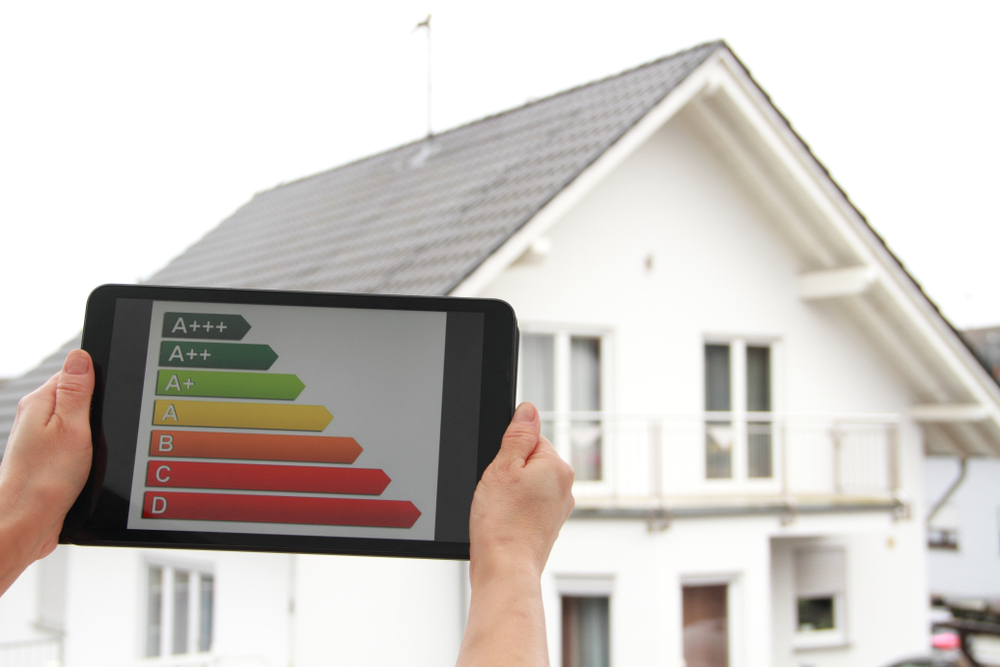Women have effectively been working for free since the start of the year, with the average worker only getting paid for the first time today when compared to men.
Women’s Pay Day 2024 falls on Wednesday 21 February, meaning they effectively work for free for nearly two months of the year, compared to the average male.
However, the Trades Union Congress (TUC) said that in some industries and parts of the UK, the gender pay gap is wider, so their Women’s Pay Day 2024 may be later, meaning those women work for free for even longer.
For instance, those working in finance and insurance work 102 days ‘for free’, only getting paid from 10 April relative to men. And those aged between 50 and 59 wait longer (72 days) compared to other age groups.
The TUC said the gender pay gap widens as women get older, due to women being more likely to take on caring responsibilities. It suggested older women take a bigger financial hit for balancing work alongside caring for children, older relatives and/or grandchildren.
By region, women in the South East work for free for longer, with their payday coming on 8 March compared to women in Northern Ireland, who started getting paid on 29 January 2024.
It said regional variations in the pay gap are likely to be caused by differences in the types of jobs and industries that are most common in that part of the country, together with gender differences in who carries out these jobs.
Overall, the average gender pay gap for all employees is 14.3%, which equates to women waiting 52 days before getting paid for their work since starting in 2024.
The TUC added that, based on current rates of progress over the gender pay gap, it will take 20 years – until 2044 – to close.
Pay gap in typically female-dominated industries
The organisation found that, in typically female-dominated industries such as education and care, the gender pay gap also persists. This is because women get paid less per hour on average than men, as they’re more likely to be in part-time jobs or lower-paid roles.
In education, the gender pay gap stands at 21.3% so the average woman works for free for nearly a fifth of the year, waiting until St Patrick’s Day before getting paid, compared to the average man.
Meanwhile, in healthcare and social work, where the gender pay gap is 12.6%, the average woman works for free for 46 days until Valentine’s Day, 14 February 2024.
The analysis comes seven years after gender pay gap reporting was introduced back in 2017, with the TUC saying there are still big gender pay gaps in industries.
‘Generation of women in pay inequality’
TUC general secretary, Paul Nowak, said: “Everyone should be paid fairly for the job that they do.
“It’s shameful that working women don’t have pay parity in 2024. And at current rates of progress, it will take another two decades to close the gender pay gap.
“That’s not right. We can’t consign yet another generation of women to pay inequality.
“It’s clear that just publishing gender pay gaps isn’t working. Companies must be required to publish and implement action plans to close their pay gaps. And bosses who don’t comply with the law should be fined.”
Nowak added that Labour’s ‘New Deal for Working People’ would be a “huge boost” to working women.
“It would introduce a day one right to flexible working and fair pay agreements to boost pay and conditions in social care – which we know is a predominantly female workforce.
“It would also see mandatory action plans to close the gender pay gap and extend reporting to disability and ethnicity pay gaps,” he said.
Last year, it was reported by PwC that the gender pay gap had worsened.





